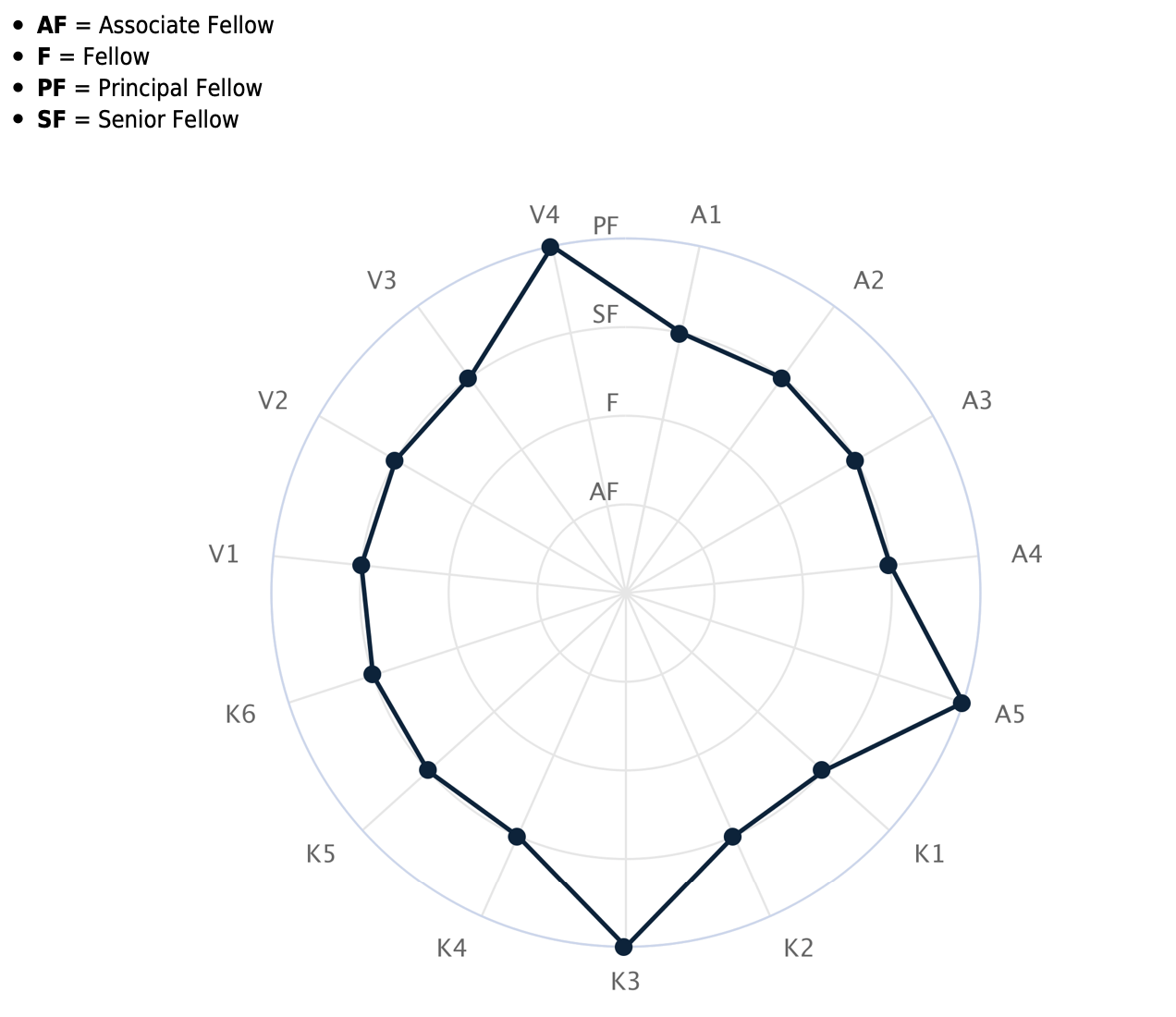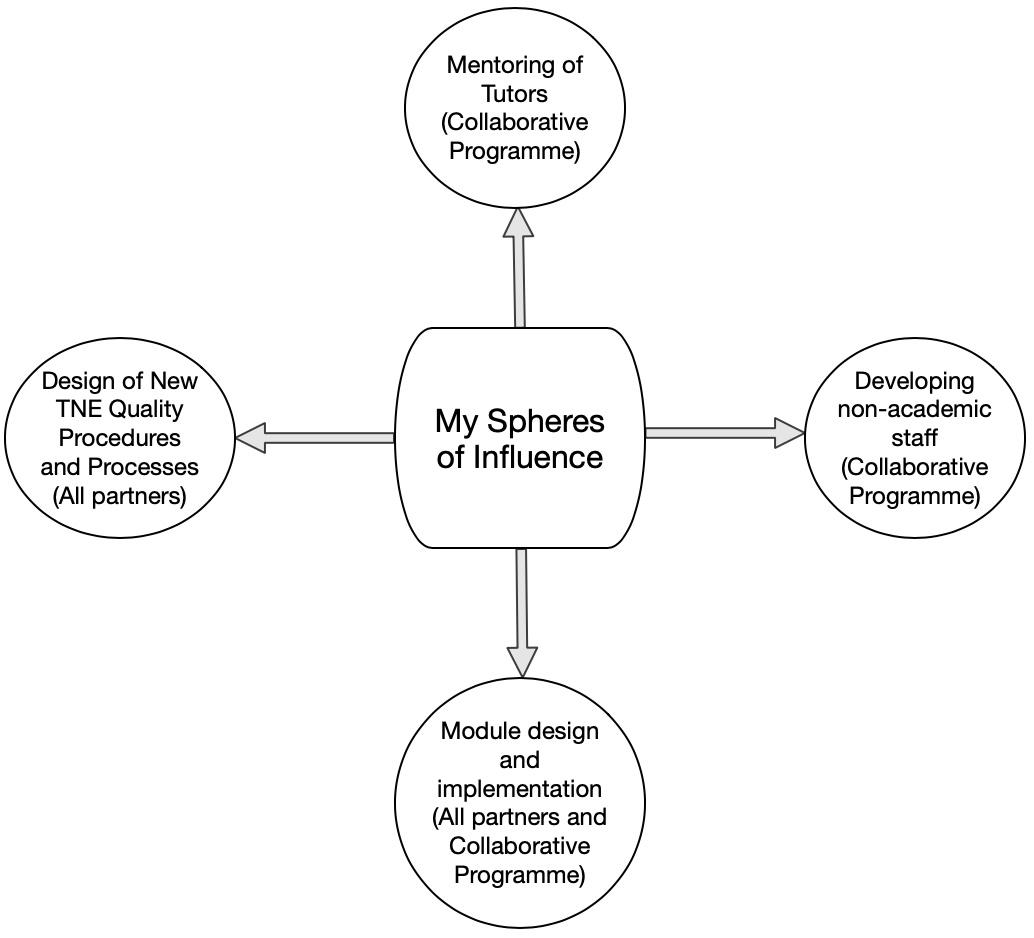Here are three key tips I used to get started on the path to achieving Senior Fellowship. Thanks to Charlie Reis for the suggestion to do this, I hope others find it useful. This article aims to help those who have decided to start applying for Senior Fellowship. The aim of the article is to help applicants by offering three tips to get started before beginning the more substantial steps of drafting up the full application, such as the reflective account of practice, the case studies, etc. The key to getting off on the right foot is to call on the resources at your disposal. Here are some which I thought are worth sharing.
(Note, this article discusses getting going tips for the experience recognition route for obtaining SFHEA and is based on my experience going through the institutional scheme at Stirling. There may be some slight differences at your own institution. I also suggest you start to familiarise yourself first with the document here outlining the UKPSF Dimensions of the framework if you haven’t done so already).
1. Self-assess your strengths (and likely weaknesses) - I recommend doing this before beginning any write up and that is to use Advance HE’s Fellowship Category Tool. You may already know that you are on the right path for your application, but I still recommend doing this. The assessment tool asks a range of questions which determine the fellowship level you “score” against for each of the dimensions of the UKPSF. These questions were helpful as I began to see what the appropriate level of experience was needed for a Senior Fellowship application and gets into the mindset of what is being looked at in the application. Also, when going through the questionnaire, I scribbled down my own specific examples of what I have done after answering each question. The tool does not ask you to do this, but I highly recommend it, particularly if you wish to combine with the extra activity I mention below.
Using the Advance HE tool did two things for me, (1) it gave me initial confidence I was actually applying for the right category of fellowship in the first place (bye imposter syndrome) and (2) more importantly, I used the dimensions map at the end of the assessment as a guide to highlight the dimensions of UKPSF that I wanted in particular to stand out later on in the application. What helped me here was from the start I was getting to grips in my own head what all the “Ks”, “Vs” and “As” meant before drafting anything down and this for me was the crucial bit in getting my application off on the right track. The phrasing of the questions in the tool are all in clear language and give you a feel for the particular style expected in your application. Answering them gave me direction on where I need to go and indicated what should be demonstrated in detail later on in the application.
Don’t forget though, for Senior Fellowship you need to show evidence for all five areas of activity (A), all core knowledge (K) and all professional values (V), so cherry picking not allowed.
Below is the dimensions map, the tool churned out from my answers. This material will also come in handy later when you look at your “Spheres of Influence”, arguably the other most important bit to get right in any application for Senior Fellow.

To take this to the next level, I suggest the following extra activity. It will give you a more structured approach for detailing what you know about your experience and levels of evidence, and highlighting any areas that need improving.
On a sheet of paper list all of the Areas of Activity (A1-A5), Core Knowledge (K1-K6), and Values (V1-V4) down one side. For each of these PSF dimensions answer the questions:
- What do I currently do here?
- What level of experience do I currently have here?
- Do I need to gain more experience or evidence for this dimension?
You can take the examples you scribbled down when competing the Advance HE self-assessment tool. I guarantee you will be bursting with ideas at this point and as it is a brainstorming type activity, be sure to get them all down! I will offer some suggestions about your “anchor” and “spheres of influence” later, which will help you bring all of this together under a more coherent theme, so do not worry about that side of things for now.
What this second activity does is make you think simultaneously about all the relevant examples from your own practice you might use, but also what experience you may need to acquire more of for Senior Fellow status. Remember, you need to evidence all dimensions in your application so be sure to run through every one.
2. Identify your “spheres of influence” and your “anchoring theme” – I suggest doing this before working on your cases as it will help you identify (1) who you influence and (2) what your sustained leadership in higher education looks like.
Anchoring Theme ⚓: I was fortunate to be part of a peer review group at the University of Stirling (I highly recommend it if you are applying through an Advance HE accredited scheme and have the opportunity to join one, or I even suggest setting an informal one up with others applying at the same time) and could see how other colleagues approached their applications.
In one draft I read about an applicant who leads a project to overhaul the teaching of a core subject area which enabled them to show how they lead continuous improvement of their teaching/delivery team. The “anchor” that they used to tie their application together was essentially the design and rollout of the new curriculum and the innovative approaches needed for delivery of the modules. The writer could clearly show how this project influenced the practice of the other tutors who were part of the subject group, therefore showing appropriate influence and how there was a coherent strategy driving the changes. They used specific examples within their cases later on of how innovative teaching practices such as the use of technology (stemming from the innovative way this subject was to be delivered) enhanced in particular the teaching, assessment design and the overall student experience - backed up with suitable evidence of course. The case studies were all linked to the “anchoring theme” (the initiative to transform the curriculum) which in my eyes made it a coherent application and a pleasure to read. Unsuccessful applications often are not linked by an “anchor” in this way and perhaps only provide examples of leadership from an applicants’ experience through unlinked and sporadic pieces of evidence. Identifying your anchor at the start should help prevent such “drift” later on when you are writing the application itself.
Spheres of Influence ◎: While this term might come out of an international relations textbook, in the context of Senior Fellowship it means something completely different. Showing leadership and influencing the practice of others beyond the classroom and the students you teach is a key distinction between Fellow and Senior Fellow. Identifying who you influence and what you do it is a crucial activity to perform early on. This approach is based around an activity run by my colleague Dr Catriona Cunningham from the University’s Academic Development team (thanks Catriona!)
To get started it would be useful to ask yourself if you perform any of the following common activities which would be seen on Senior Fellow applications:
- Demonstrating leadership in the design, delivery and evaluation of programmes of study, at various levels
- Designing and utilizing innovative teaching approaches and materials, incorporating the use of technology where appropriate
- Incorporation of discipline and pedagogic research and/or scholarship into learning and teaching, and evaluating its effectiveness
- Ensuring that programme design and delivery complies with relevant quality standards and regulations
- Successful co-ordination, support, supervision, management and/or mentoring of others
- Operational leadership within own institutional setting
- Providing pedagogic leadership in initiatives/projects (1).

An activity that our group was asked to perform is included above and helped me to clarify my spheres of influence. Starting with the examples listed above you could list 3-4 that you do particularly well. Then highlight who you are influencing with those activities. The more detail you can provide the better, but might not come out until going through a few iterations of this activity. Feel free to sketch out your own diagrams in a format that suits you best. It may take a few tries but I can guarantee that after doing this you will have a much better feel for what your cases may be and give you a better road map for what you are going to write.
So in summary, by identifying your “anchor” and “spheres” you will be in a good place to provide evidence of wider impact, sustained success and influence over others before you have even started to write your cases. That was a shot in the arm also for my confidence in with proceeding with my application.
3. Get writing early - A mentor (who instinctively understood my sense of humour) sent me just one thing to read at the start, but it set the tone for the drafting process nicely. This piece by Anne Lamott (“S****y first drafts”) really says all that needs to be said and is a worthwhile (and short) read. One quote in particular sums up their advice:
“Almost all good writing begins with terrible first efforts. You need to start somewhere. Start by getting something – anything – down on paper. A friend of mine says that the first draft is the down draft – you just get it down. The second draft is the up draft – you fix it up. You try to say what you have to say more accurately. And the third draft is the dental draft, where you check every tooth, to see if it's loose or cramped or decayed, or even, …, healthy.”
If you would like to read more in-depth advice on the style of writing required, I pass on three of the most helpful recommendations:
- Guidance documents for Senior Fellowship Applicants, Advance HE
- Reflection for learning: a scholarly practice guide for educators (2020) Harvey et al.
- Reflective practice (5th edition) (2018) Bolton and Delderfield.
Good luck with getting started and do share your thoughts on what does and doesn’t work for you. I have only scratched the surface here and am sure there will be lots more to share in the future.
Reference: